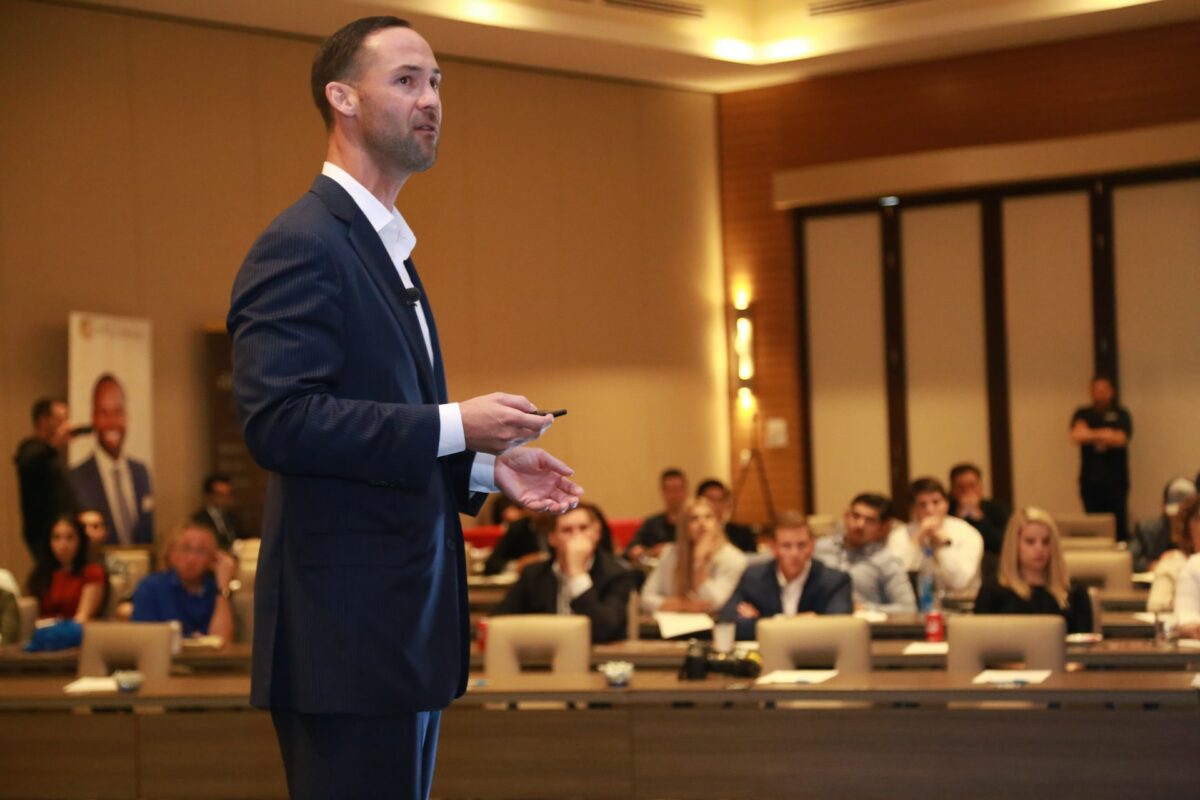One of the pitfalls of the multibillion-dollar marketing research industry is that researchers don’t get paid for simplicity. Instead, they seem to get paid by the pound. A true story may be in order.
The scene: The office of a brand manager at Procter & Gamble. The problem is what to do with one of their largest brands. I ask a simple question as to the availability of their research. I’m surprised by the answer: “Research?” We’ve got a computer full of it. How do you want it? In fact, we’ve got so much of it that we don’t know what to do with it.”
A flood of data should never be allowed to wash away your common sense and your own feeling for the market. You’ll never see that obvious solution. It’s worth reviewing what this flood is washing ashore. I checked in with Robert Passikoff of BrandKeys, one of my favorite research companies. Here are some of his and my observations.
Awareness studies neither link to real customer behavior nor reinforce (let alone create) brand differentiation. In fact, although the phrase, “That’s nothing that a whole lot of awareness won’t cure” has become something of a research industry joke, those studies keep getting done. Note to everyone: Everybody is aware of General Motors and few are buying their cars.
Segmentation studies get fielded by the sector. True, segments are ultimately identified but are they segments you really want? Or need? Or can actually market to? Often these studies end up identifying individual segments that you can’t actually reach via any known media. But there they are. And then there’s the problem of changing your strategy to appeal to different segments. When you become everything for everybody, you become nothing in the mind.
Cross-tabulations allow you to “slice-n’-dice” data to your heart’s content, but to what end and to what sample sizes? Lots of data, but no insights or real differentiation.
Satisfaction studies only tell you what happened the last time and nothing about what’s going to happen the next. They tell you virtually nothing about the brand–and anyway, today if you can’t satisfy the customer, you’re not going to be in business very long.
Visual ethnology has become hot recently. It literally means a “portrait of a people.” Researchers follow consumers around to see how they interact with the product. Somehow, how they relate to a product is going to tell you how to differentiate the brand. Here, interpretation rears its ugly head. Results differ from one observer to another and what is produced is open to multiple interpretations that are consistent with multiple–and inconsistent–personal points of view.
The latest research flavor-of-the-week seems to be using neuroscience to measure brands, advertising and messaging. It’s based on a body of research into how the human brain processes stimuli like ads. And if you are hooked up to a machine that’s a cross between an EEG and an electric chair, researchers are able to track millisecond-by-millisecond brain responses to messaging. Nothing invasive, distracting or out of the ordinary there. And again, it’s after the fact.
Finally, one of my favorite examples of silliness is the galvanic skin response test. You can actually wear a shirt that then monitors the electric current that runs over your skin surface. When you are “aroused” by an ad or a product, researchers see your galvanic skin levels go up.
Researchers may promise to reveal attitudes, but attitudes aren’t a reliable prediction of behavior. People often talk one way but act another. Mark Twain nailed it when he observed: “You can’t get the truth out of someone until they are dead and dead a long time.” What you really want to get is a quick snapshot of the perceptions that exist in the mind. Not deep thoughts, not suggestions. What you’re after are the perceptual strengths and weaknesses of your competitors, as they exist in the minds of the target group of consumers.
And since the ultimate marketing battle takes place in the mind, you need no more or no less. Most everything else will only confuse you.
The Blake Project Can Help: Accelerate Brand Growth Through Powerful Emotional Connections
Branding Strategy Insider is a service of The Blake Project: A strategic brand consultancy specializing in Brand Research, Brand Strategy, Brand Licensing and Brand Education





One comment
Vassilis
June 2, 2008 at 11:34 pm
Interesting post. Have you heard of Vitaly Komar and Alex Melamid and their Most Wanted painting research? They went out to discover what a true “people’s art” would look like, and they conducted a poll… The result was America’s Most Wanted and America’s Least Wanted paintings, which were exhibited in New York at the Alternative Museum under the title “People’s Choice.”
So here is the question:
What kind of culture is produced by a society that lives and governs itself by opinion polls Stagnant, boring and flat if you ask me. http://www.outoftheborders.com/2008/05/listening-to-what-people-have-to-say-or.html
But is that all? Somehow, I feel that just by trashing researchers we are not being entirely honest with the real source of the problem. After all, to quote you “researchers don’t get paid for simplicity. Instead, they seem to get paid by the pound.” “Getting paid” suggests poor judgment from whoever pays them. Marketers that have no idea why they do the research and pay millions to do it anyway.
Think about all these endless meetings where people refuse to make decisions, or take responsibility and they just “hide” behind research reports? How about all these times where marketers have no vision other than surviving for 2 years before they move to their next position to destroy another brand?
So yes, research can be empty and meaningless, but you get what you asked for.
Personally, I am a believer of simplicity in research (well actually keeping it simple is a good rule everywhere). I have used all the methods that you mentioned in your post, including the “latest flavor of the week” (I happen to work for Added Value, the company that coined the term Emotional Brand Connection). I see all these methods as tools, not as solutions.
I still feel that innovation needs more than research. It’s a combination of structure and creativity. Its about focus, talent and risk taking. It’s about sparkling magic. http://www.outoftheborders.com/2008/05/decoding-apple-design-6-rules.html
Equally, decision making can be supported by research. But asking/knowing the right questions is the first step.
Comments are closed.